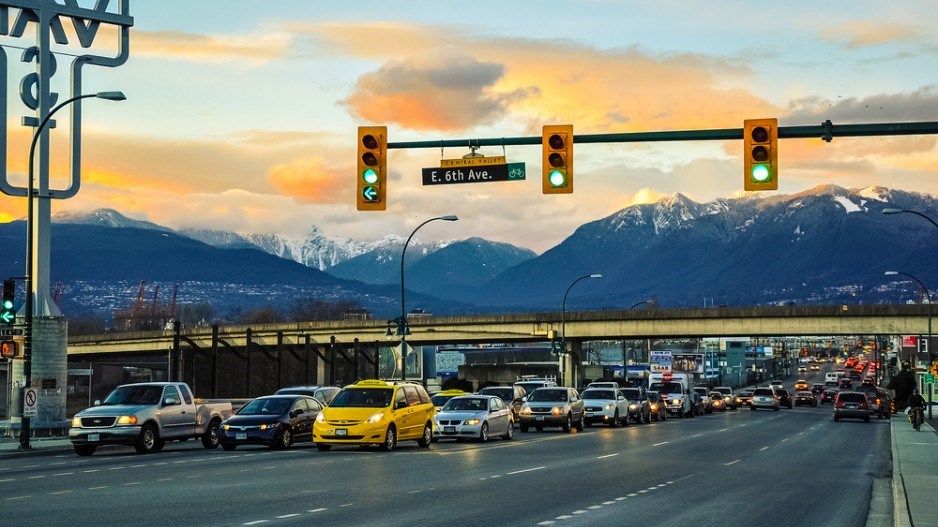Getting malled
Vancouver continues to rank dead last in Canada when it comes to the amount of shopping centre and power centre space per capita, according to Colliers International.
The ranking is based largely on a lack of power centres – unenclosed shopping centres – with Vancouver having less than half the power centre space of most other major centres in Canada (and less than a third of what exists in Edmonton and Halifax).
So far as enclosed mall space goes, Vancouver is on a par with Ottawa and Winnipeg, both of which have less than 12 square feet per capita. Vancouver has 14.2 square feet of retail centre per capita – a five-year high.
And more is coming – though whether or not that’s a good thing depends on where you sit.
Maple Ridge Mayor Nicole Read, for example, recently told commercial real estate association NAIOP that her community needs more retail space. Right now the municipality is losing shoppers to Coquitlam and Langley.
“We do not have enough shopping in Maple Ridge,” she said.
Meanwhile, plans to bring 1.8 million square feet of retail space to market on Tsawwassen First Nation land in the Tsawwassen Commons and Tsawwassen Mills developments has moved Delta Mayor Lois Jackson to launch an initiative to sustain small businesses in her community.
But all is not lost – at least not in the view of James Smerdon, vice-president and director of retail consulting with Colliers.
“Will all commercial activity in those neighbourhoods die? Far from it, but it will start to undergo a dramatic transformation.”
Smerdon expects retail space in Delta to attract smaller tenants with a strong community mandate when the malls open next year, with restaurants, cafés and medical offices leading the charge.
Keep moving
While new mall development promises to increase traffic through Delta, North Vancouver Mayor Darrell Mussatto told NAIOP that the growth of the region demands greater investment in transportation and transit infrastructure.
Various research findings support this – though not necessarily as one might expect.
A study last year of commuter traffic south of the Fraser River found that 60% of traffic passing through the Massey tunnel is heading for Richmond rather than Vancouver. About 40% of the traffic comes from Delta and 35% from South Surrey, and the remainder from other communities.
The numbers reinforce a recent Canada Mortgage and Housing Corp. (CMHC) finding that people are tending to buy within 30 minutes of work.
That half-hour time frame should help focus where infrastructure funding is spent, particularly for municipalities that sit cheek by jowl in the land-tight Lower Mainland. •




